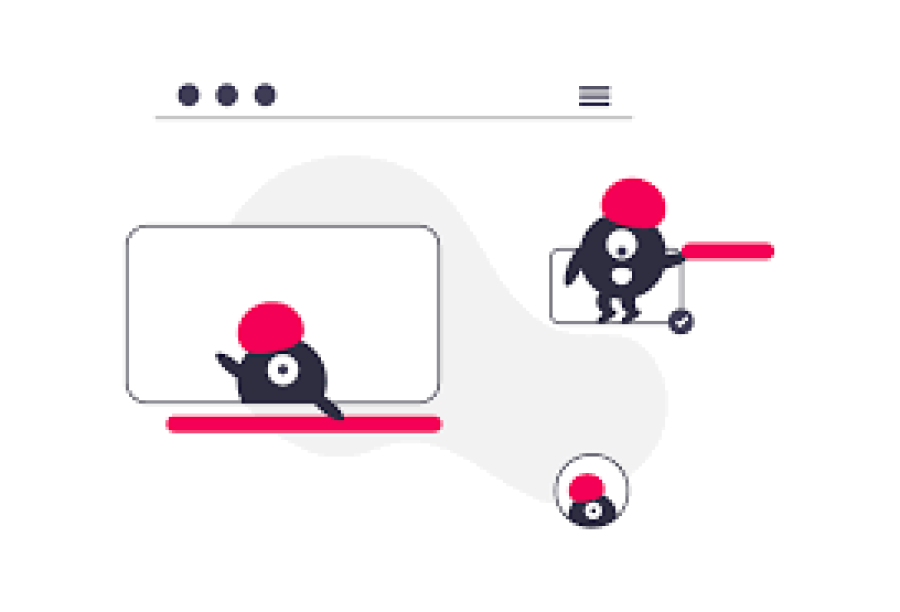How to Set Up a Content Security Policy (CSP) for Your Website
Website security is a top priority for developers and businesses, especially with increasing cyber threats like cross-site scripting (XSS) attacks, data injection, and clickjacking. A Content Security Policy (CSP) is a powerful security feature that helps protect your website by restricting the sources from which content can be loaded.
For web developers and businesses on FreelancerBridge, setting up CSP ensures that your website remains secure, trusted, and compliant with modern security standards. In this guide, we will explore why CSP is essential, how to implement it, and best practices for optimizing security.
Why Implement a Content Security Policy (CSP)?
A CSP acts as a security layer that defines which resources (scripts, styles, images, etc.) can be loaded by the browser. It helps prevent:
✅ Cross-Site Scripting (XSS) – Blocks unauthorized scripts from executing.
✅ Data Injection Attacks – Prevents malicious content from being inserted into pages.
✅ Clickjacking – Stops attackers from embedding your site in harmful iframes.
✅ Code Injection – Reduces risks of unauthorized scripts executing on your site.
✅ SEO & Trust – Secure websites rank higher on search engines and gain user trust.
Best Practices for Setting Up a CSP
1. Understand How CSP Works
A Content Security Policy defines trusted sources for different types of content, including:
Scripts (
script-src) → Control JavaScript execution sources.Styles (
style-src) → Restrict CSS and stylesheets.Images (
img-src) → Define allowed image sources.Media (
media-src) → Control audio and video sources.Frames (
frame-ancestors) → Prevent clickjacking attacks.
2. Define Your CSP Directives
Use the least privilege principle – Allow only essential sources.
Avoid using
unsafe-inline– This weakens CSP by allowing inline scripts.Restrict third-party resources – Limit external scripts from untrusted domains.
3. Implement CSP in Your Website
Modify your server headers to include CSP directives.
Use meta tags to apply CSP policies in HTML documents.
Test your CSP before deploying it to avoid breaking functionality.
4. Monitor and Optimize CSP Implementation
Use CSP reporting tools like Google Chrome DevTools to track blocked resources.
Analyze your website behavior after applying CSP to fix any issues.
Regularly update CSP policies to keep up with security threats.
5. Common CSP Mistakes to Avoid
❌ Using overly strict rules that break essential website functions.
❌ Allowing unsafe-inline scripts which reduce CSP effectiveness.
❌ Not updating policies to accommodate new scripts and features.
❌ Ignoring browser compatibility – Ensure CSP works across all major browsers.
Conclusion
A Content Security Policy (CSP) is a critical security feature that protects websites from cyber threats like XSS attacks, clickjacking, and data injections. By carefully defining trusted content sources, developers on FreelancerBridge can enhance their website security, improve SEO rankings, and ensure user trust.


 by Emily
by Emily




